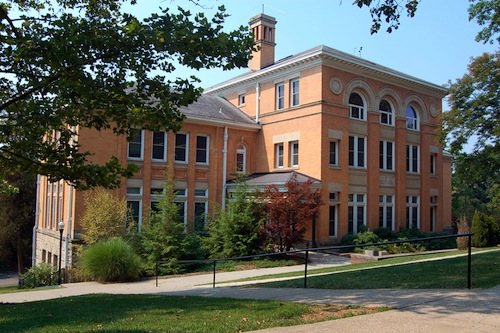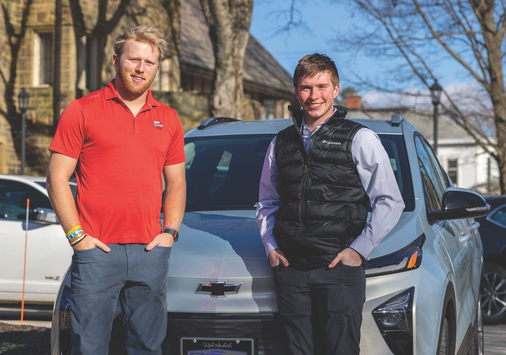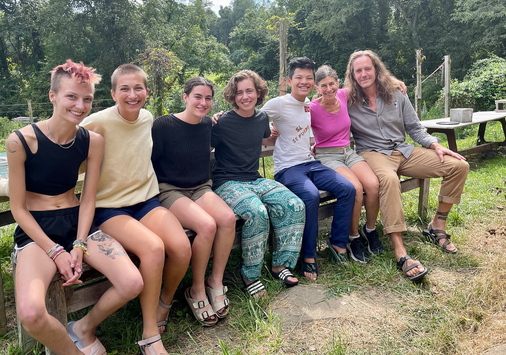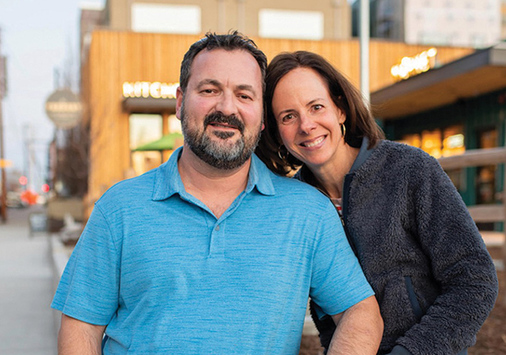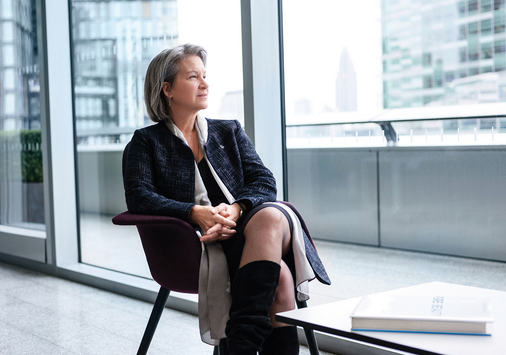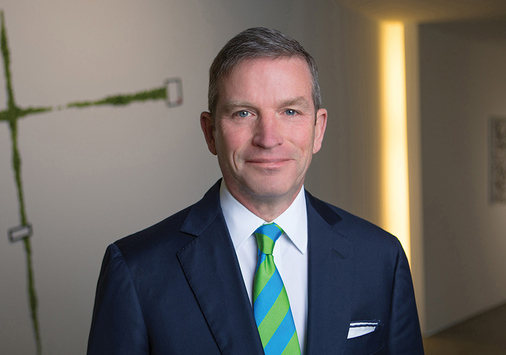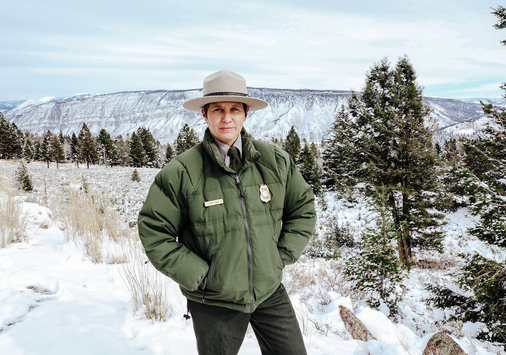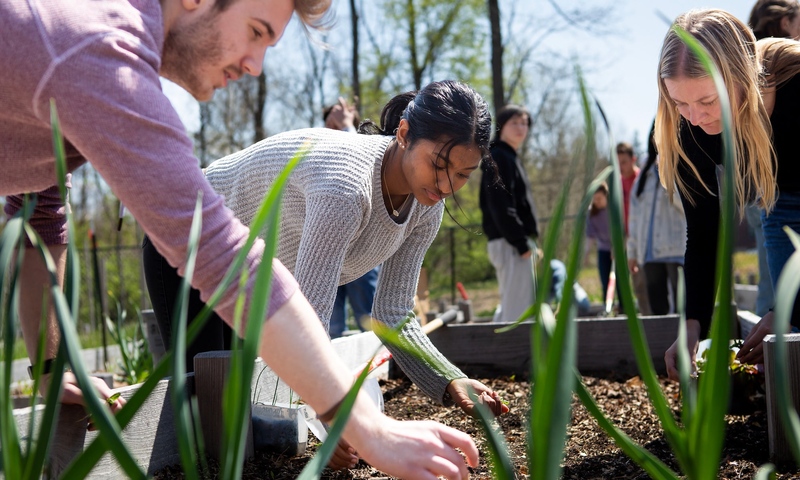Green Buildings
Green building isn’t a new concept to Denison; the Denison Homestead, created in the 1970s, and historic Barney-Davis Hall, renovated in 1996, stand as proof of the college’s commitment to sustainable building practices. In 2008, Denison made a commitment for all new campus construction to be built to sustainable standards, as set by the U.S. Green Building Council’s Leadership in Energy and Environmental Design (LEED) rating system.
LEED is a holistic system that doesn’t simply focus on one element of a building such as energy, water or health, rather it looks at the big picture factoring in all of the critical elements that work together to create the best building possible. The goal of LEED is to create better buildings that:
- Reduce contribution to global climate change
- Enhance individual human health
- Protect and restore water resources
- Protect and enhance biodiversity and ecosystem services
- Promote sustainable and regenerative material cycles
- Enhance community quality of life
Denison buildings that have been built or reconfigured according to LEED standards include:
- Cleveland Hall
- Ebaugh Laboratories
- Barney Davis Green Restoration
- The Homestead
- The Trumbull Aquatics Center
- Chamberlain Hall
- Michael D. Eisner Center for the Performing Arts
- Hoaglin Wellness Center
